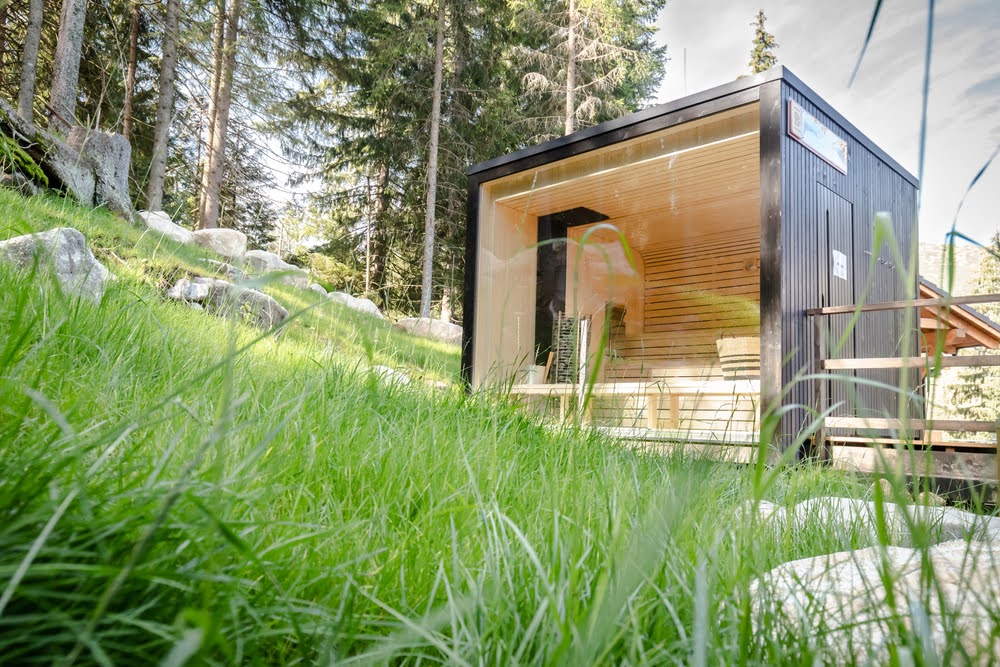
DIY vs Pre-Assembled Saunas: Which Is the Better Choice for Your Health?
Share
Saunas have become a must-have for home wellness, offering benefits like improved circulation, detoxification, and stress relief.
But when it comes to installing one, the big question arises: DIY vs pre-assembled saunas—what’s the better choice for your health?
Both options have advantages, and the right one depends on your priorities. Whether you're after customization or convenience, making the best decision requires looking beyond the obvious.
The Build Factor: Customization vs Convenience
If you enjoy hands-on projects, a DIY sauna gives you total control over size, layout, and materials. You can choose non-toxic woods, sauna heaters, and natural insulation to create a truly health-focused space.
However, this level of customization comes with a learning curve. Without proper planning, mistakes in ventilation or material selection could affect the sauna’s long-term performance.
So when it comes to DIY vs pre-assembled saunas, the former option offers more control but also requires a higher level of commitment and expertise.
On the other hand, pre-assembled saunas offer a seamless solution. They are designed for efficiency, ensuring optimal heat retention and air circulation.
You won’t need to worry about structural missteps, making them a hassle-free choice for those who prioritize ease over personal design tweaks.
Additionally, both DIY and pre-assembled saunas can be upgraded with practical accessories, like different types of sauna heater stones and micron filters.
Installation and Setup: Effort vs Simplicity
Building a sauna from scratch isn’t just about putting panels together. You need to factor in electrical wiring, proper insulation, and ventilation to ensure safety and effectiveness.
If you lack experience, the process can become time-consuming and frustrating.
Pre-assembled saunas eliminate that stress. Most models require minimal setup—some even arrive as plug-and-play systems. This makes them a great option if you want to start enjoying sauna sessions right away instead of spending weeks on construction.
Long-Term Durability and Maintenance
A well-built DIY sauna can last for decades, especially if you use high-quality materials and follow proper installation methods.
The challenge is ensuring every element—from the heater placement to the sealant—meets professional standards. If something goes wrong, repairs can be complex.
A pre-assembled sauna, on the other hand, is engineered for durability. Manufacturers design them to work efficiently from day one.
However, replacement parts may be model-specific, which could make long-term maintenance more expensive. Still, their overall reliability makes them a solid investment for consistent use.
Cost vs Value: Investment in Health
DIY saunas often appear to be the cheaper option upfront, but costs can add up quickly. You’ll need materials, tools, and possibly professional help for electrical work. Unexpected expenses may arise if you make mistakes along the way.
Pre-assembled saunas come with a higher initial price, but they eliminate hidden costs and labor. You’re paying for a guaranteed, ready-to-use product that delivers consistent performance.
When you factor in long-term health benefits, both options provide great value—it just depends on whether you want to trade cost savings for convenience.
Final Verdict: Which Option Suits You Best?
So, which wins the battle of DIY vs pre-assembled saunas? If you love hands-on work, have time, and want full control over materials, a DIY sauna is a rewarding project. But if simplicity, reliability, and immediate health benefits are your focus, a pre-assembled sauna is the smarter pick.
Either way, you’re making a great investment in your well-being, and that’s what truly matters.
Ready to Build Your Dream Sauna?
Whether you're looking for a high-quality pre-assembled sauna or premium materials for a DIY build, American Sauna Store has you covered. Contact us today and start your journey toward better health!
